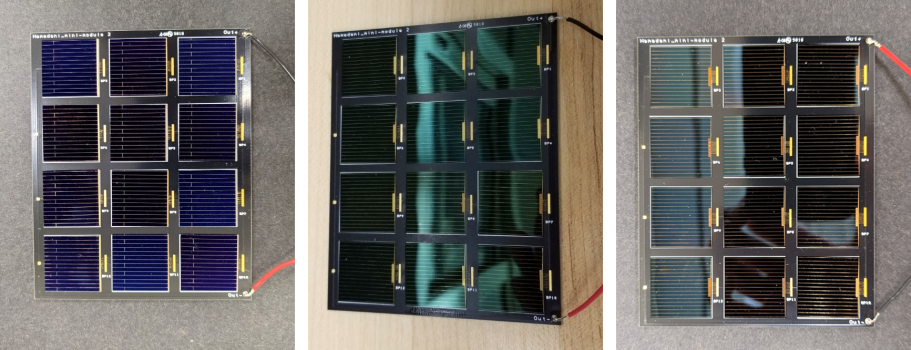U.S. scientists have evaluated three different PV technologies – GaInP, GaAs, and silicon – for powering wireless temperature sensors. They found that the silicon solar module offers the lowest performance and also suggested its use may be applied to low-demand devices.
The Internet of Things (IoT) refers to any network of physical objects that embeds technology to communicate and sense or interact with external environments and their own internal states. The devices that are used in these kinds of networks are mostly wireless sensors, control systems, and technologies for home and building automation, all of which require smart, efficient, and cheap forms of power.
Scientists from the U.S. Department of Commerce's National Institute of Standards and Technology (NIST) have tested the ability of three different solar module technologies to power Internet-of-Things devices such as wireless temperature sensors.
Continue reading: https://www.pv-magazine.com/2021/08/20/the-best-pv-tech-for-internet-of-things-devices/
The Internet of Things (IoT) refers to any network of physical objects that embeds technology to communicate and sense or interact with external environments and their own internal states. The devices that are used in these kinds of networks are mostly wireless sensors, control systems, and technologies for home and building automation, all of which require smart, efficient, and cheap forms of power.
Scientists from the U.S. Department of Commerce's National Institute of Standards and Technology (NIST) have tested the ability of three different solar module technologies to power Internet-of-Things devices such as wireless temperature sensors.
Continue reading: https://www.pv-magazine.com/2021/08/20/the-best-pv-tech-for-internet-of-things-devices/

